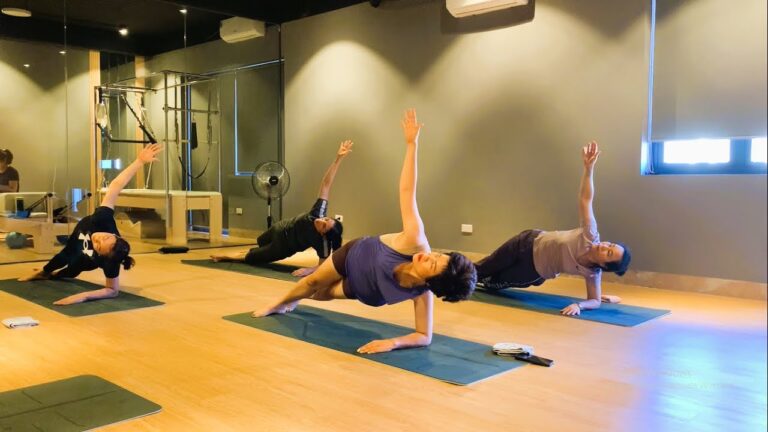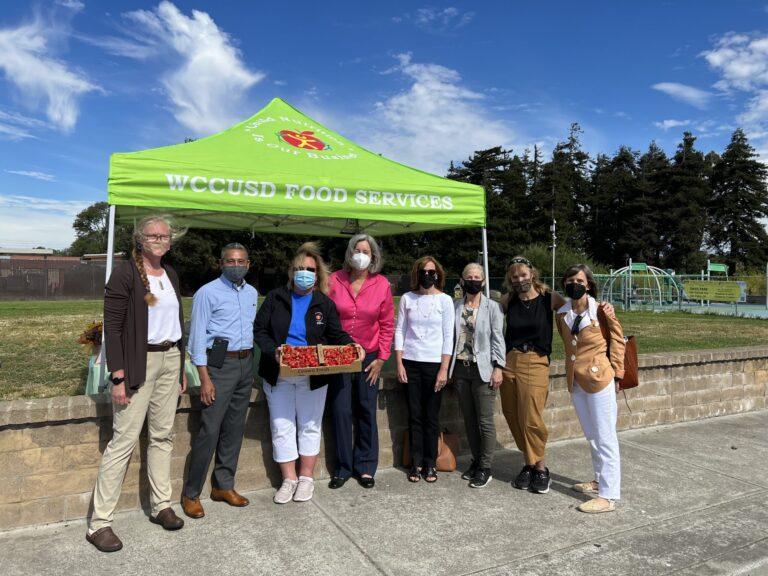Get full access to Outside Learn, our online education hub featuring in-depth yoga, fitness, & nutrition courses, when you
sign up for Outside+.
If you already practice Bakasana (translated as Crane Pose and sometimes mistakenly called Crow Pose), you know that a common way yoga teachers suggest you progress the pose is to take your arms straighter. This is actually quite challenging for most of us. Whenever I look around my classes as I cue this arm balance, most of my students’ elbows remain slightly bent.
Instead, I like to explore a subtler aspect of Bakasana, one that’s often overlooked and that emphasizes the energetics of the posture.
What do we mean when we talk about the energetics of a pose?
Yoga means “to yoke” or “unite,” and each time we practice, we’re literally integrating all layers of ourselves. The poses are always asking you to find that integration, although we don’t always recognize that. We might be overly focused on muscular engagement or postural alignment and overlook the energetics. Yet these elements are never independent of one another.
In each posture, there is always going to be both an expansion and a containment of energy. In some postures, the main feeling is focused on expansion, as in Ardha Chandrasana (Half Moon Pose), Natarajasana (Dancer), or any type of backbend. In other postures, including Bakasana, the primary feeling is drawing your energy inward and learning to find the use of your bandhas, or energy locks.
With Bakasana, the emphasis is on the lower two locks: Mula Bandha, or root lock, and Uddiyana Bandha, known as the flying up or navel lock. When you’re engaging Mula Bandha, you’re lifting the pelvic floor muscles upward and inward, toward the midline, to contain the energy that is usually in a downward flow in this area. With Uddiyana Bandha, you’re engaging your abdominals in a similar fashion, with a lift that’s both inward and upward.
I find it easier to explore these lower bandhas in poses in which your back is rounded and/or your body shape is compressed. Energetically, this translates toward drawing your energy up the sushumna, or the central channel of the three main nadis, which are the energetic channels of the subtle body. As you learn to engage the energetic locks in poses like Bakasana, you can begin to maintain engagement of the bandhas. Eventually, you can still maintain this retention of energy even when in poses, such as backbends, in which our energy is more likely to expand outward.
This exploration doesn’t need to be a serious undertaking. Why not have a playful spirit as you approach your practice? When you try these different variations that engage your body and your bandhas in different ways, stay curious about how you feel energetically.
Playtime with Bakasana
In these shapes, make certain that you’re slowing the breath, keeping it smooth, and staying with it. Try to stay in Bakasana for 10 breaths and chill there as you explore your energy locks.
Crisscrossed Ankles
Come into Bakasana. Instead of bringing your big toes to touch, crisscross your ankles and pull your heels toward your glutes. Lower your feet a little and switch the crossing of your ankles and pull up again. Play with switching the crisscrossing, back and forth, as many times as you like. This engagement helps everything become really compact so you can emphasize the lift in your lower bandhas. Practicing this shape also helps prepare you for jump-throughs.
Bakasana Push Ups
Come into Bakasana. Allow your elbows to bend more and your knees to slide down and out a little.
Then squeeze and pull yourself back into center and, if you like, straighten your arms a little. So you let yourself release and then zip everything back up. The emphasis is on the adduction, or drawing inward and upward of your energy, to create that little push up. Think of it as like the kind of activation you feel when you’re squeezing a beach ball in between your thighs. You can also practice this with your ankles crisscrossed.
Bakasana Toe Taps
Come into Bakasana. Try to get a little higher, straightening your arms a little and snuggling your knees toward your armpits. Flex your feet rather than point your toes. Slow lower your left foot and straighten that leg as you tap your left big toe to your left wrist. Bring your foot back up and then do the same with your right foot. The entire time you’re lifting and lifting and keep trying to straighten your legs to get your big toe to touch your wrist. This requires you to bring your hips a little higher and to really use your bandhas. This is a really good prep exercise for pikes. Try to do this several times. And then peace out.
About our contributor
Jenn Chiarelli is a seeker of truth, dancer, yogi, mother, wife, and acharya (spiritual teacher). She allows her creative spirit to lead the way in every aspect of life. A native New Yorker, Jenn began her journey through the art of dance and joined Cleveland San Jose Ballet as one of its youngest members in 1993. After her dance career, she began teaching yoga, a natural progression from one form of meditative movement to another. She is the founder of Anahata Soul, a yoga and wellness company, and leads online classes, retreats, and Yoga Teacher Training programs in Phoenix and Costa Rica. Jenn has been teaching vinyasa for more than 20 years and is best known for her energetic classes and healing hands. She has deep gratitude for her teacher, Swami Khecaranatha, and his guidance along her path. Jenn continues to embrace the art of being a humble student and learns much from her two young children and artist husband.
This content was originally published here.




















